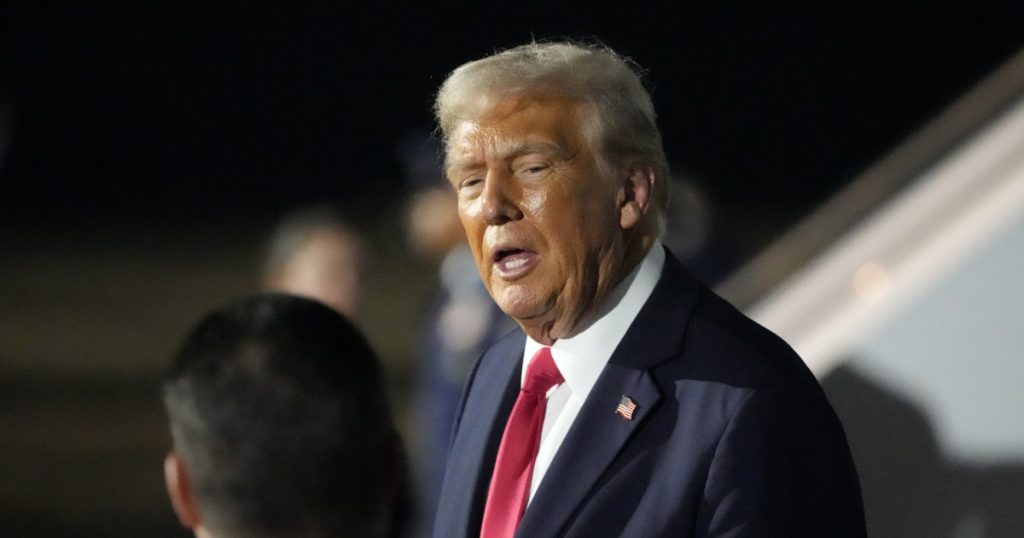The Penny Debate: Understanding Trump’s Move to Discontinue the One-Cent Coin
President Donald Trump has sparked a wave of discussion with his recent announcement to halt the production of pennies, citing the rising costs of minting the one-cent coin. In a post on Truth Social, Trump expressed frustration over the inefficiency of producing pennies, which he described as "so wasteful." This decision is part of a broader effort by his administration to implement sweeping changes through executive orders, covering a wide range of issues from immigration to the renaming of the Gulf of Mexico. The move to stop producing pennies, however, was not a campaign promise but rather an idea that gained traction after Elon Musk’s Department of Government Efficiency highlighted the issue on social media.
The Financial Burden of Minting Pennies
The U.S. Mint reported a significant loss of $85.3 million in the 2024 fiscal year, primarily due to the production of nearly 3.2 billion pennies. Each penny costs approximately $0.037 to produce, up from $0.031 the previous year. This increasing cost has raised concerns about the sustainability of continuing to mint such a low-value coin. The nickel, another coin in circulation, also poses a financial burden, with each $0.05 coin costing nearly $0.14 to make. While the penny is the most immediate target for cost-cutting measures, the financial challenges associated with producing coins are not unique to it.
Trump’s Directive and Its Legal Implications
The question of whether Trump has the authority to unilaterally discontinue the penny remains unclear. The production and specifications of coins, including their size and metal content, are typically determined by Congress. However, some experts suggest that the Secretary of the Treasury might have the latitude to stop the minting of new pennies without legislative action. Robert K. Triest, an economics professor at Northeastern University, has argued that while the process is not straightforward, there might be room for the administration to take action without Congress. Historically, Congress has introduced legislation aimed at addressing the penny’s costs, but no significant changes have been made to date.
The Historical Context of Eliminating Low-Value Coins
The idea of discontinuing the penny is not new, nor is it unique to the United States. Canada, for example, stopped minting its penny in 2012, citing similar cost concerns. In the U.S., the half-cent coin was discontinued by Congress in 1857, demonstrating that the elimination of low-value coins has precedent. Over the years, various proposals have been put forward to suspend the production of the penny, eliminate it from circulation, or implement rounding to the nearest five cents. These proposals have been met with mixed reactions, reflecting the complex emotions and practical considerations surrounding the penny’s role in American currency.
The Broader Agenda of Cutting Government Spending
Trump’s decision to halt penny production aligns with his administration’s broader focus on cutting costs and streamlining government operations. With Elon Musk leading the charge on efficiency initiatives, the administration has set an ambitious goal of identifying $2 trillion in savings. This effort has already targeted entire federal agencies and significant portions of the federal workforce. In his Truth Social post, Trump emphasized the importance of addressing waste, even in small increments, writing, “Let’s rip the waste out of our great nation’s budget, even if it’s a penny at a time.”
The Future of the Penny and Its Impact on Daily Life
The elimination of the penny would undoubtedly have significant implications for everyday life, from how prices are set to the way transactions are conducted. Proponents argue that discontinuing the penny could lead to faster checkout times, as cashiers would no longer need to handle such small denominations. Additionally, the U.S. would join a growing list of countries that have abandoned their lowest-denomination coins. However, critics raise concerns about the potential impact on low-income individuals and small businesses, which may face challenges adjusting to a system without pennies. As the debate continues, one thing is clear: the humble penny, once a staple of American currency, may soon become a relic of the past.












